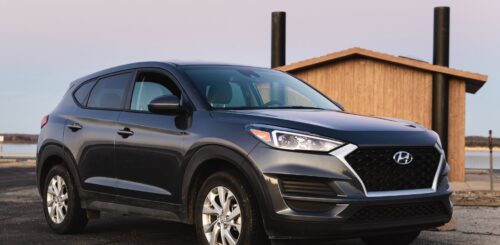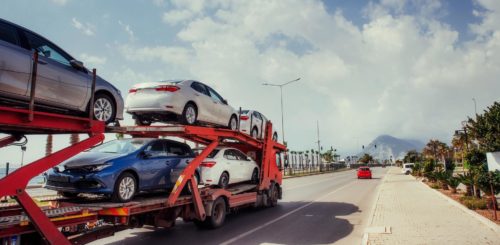Relocating to a new city, whether for work, family, or a change of pace, brings a long to-do list, especially if you’re bringing your car with you. While professional vehicle shipping services make long-distance moves less stressful, they’re not exactly cheap. Between prep fees, inspection costs, and the shipping bill itself, the numbers can add up quickly. But here’s the good news: You can cut costs and ship smarter by taking a page from the self-service auto world.
The do-it-yourself mindset doesn’t just save money, it gives you control. Just like working on your vehicle or salvaging parts from a self-service yard, prepping your car before shipping puts you in the driver’s seat. Whether you’re hauling a classic car, a beloved daily driver, or even vehicles that no longer run, this approach pays off, literally.
Why Prepping Your Vehicle Yourself Makes a Difference
Even if you’re not mechanically inclined, getting hands-on with your car before transport makes a real impact.
Many people think that once you’ve booked a shipping service, you can sit back and relax. But just like a car isn’t ready to sell until it’s cleaned and tuned, a vehicle isn’t ready to ship until it’s properly prepared. Professional shippers charge extra for last-minute adjustments, rushed documentation, and overlooked maintenance. Doing these things yourself doesn’t just save money, it minimizes risk.
Moreover, many of the basic shipping prep steps are tasks you’re more than capable of doing with a little time and care. You don’t need a mechanic’s certification, just a checklist and a bit of motivation.

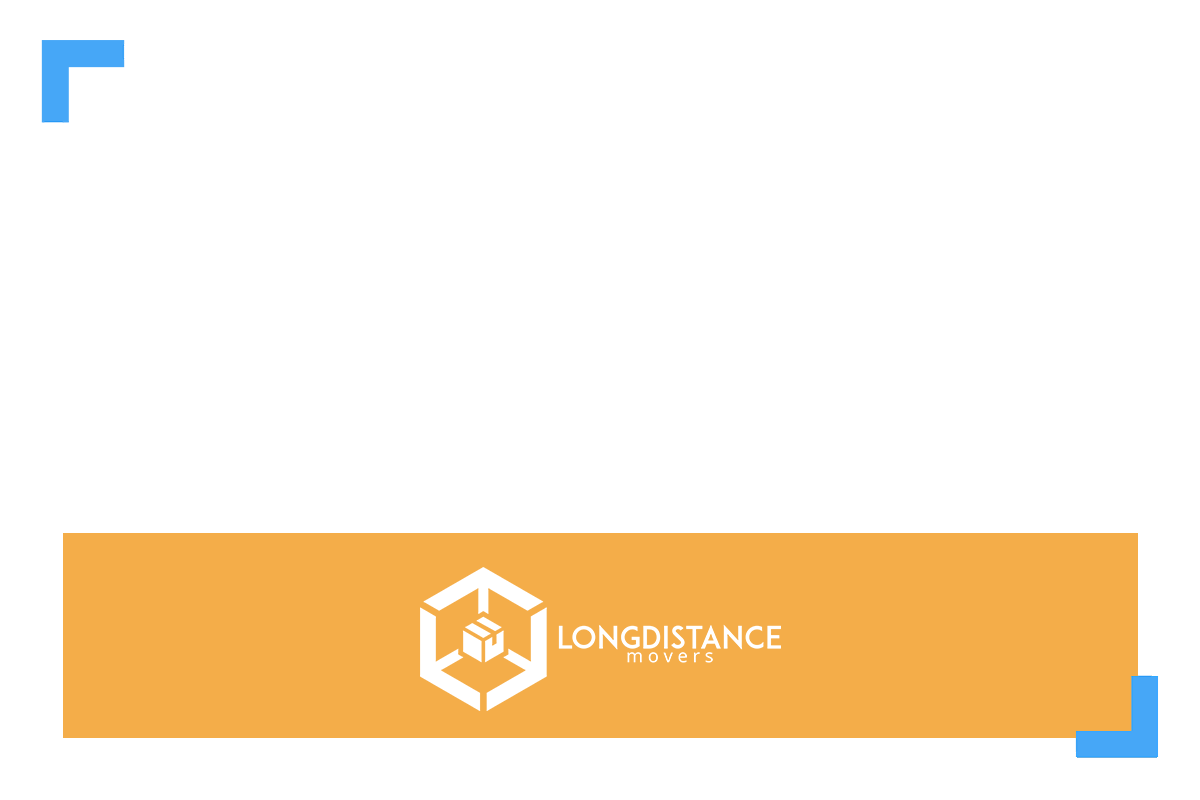
Think Like a Salvager, Not a Spender
Self-service auto yards teach a valuable lesson: sometimes, doing it yourself is worth more than gold.
Picture the seasoned salvage-yard regular. They show up with gloves, tools, and a plan. They don’t waste time or money. You can approach car shipping with the same mindset. Before you pay for a premium inspection, do your walkaround. Look for leaks, note cosmetic damage, and take photos of everything. Not only does this protect you in case of a damage claim, but it also helps you stay organized and avoid redundant services.
Simple things, like removing toll tags, personal items, and loose accessories, may seem minor, but they matter. Shipping companies can charge fees if they find your vehicle loaded with extra weight or unsecured gear. By handling these things yourself, you’re reducing the chance of hidden costs.
And if your journey involves an RV or you’re towing one, this logic becomes even more valuable. Getting your recreational vehicle road-ready doesn’t mean shelling out thousands at a dealership. A visit to a specialized RV repair center in Delaware could ensure everything’s shipshape without the inflated pricing.
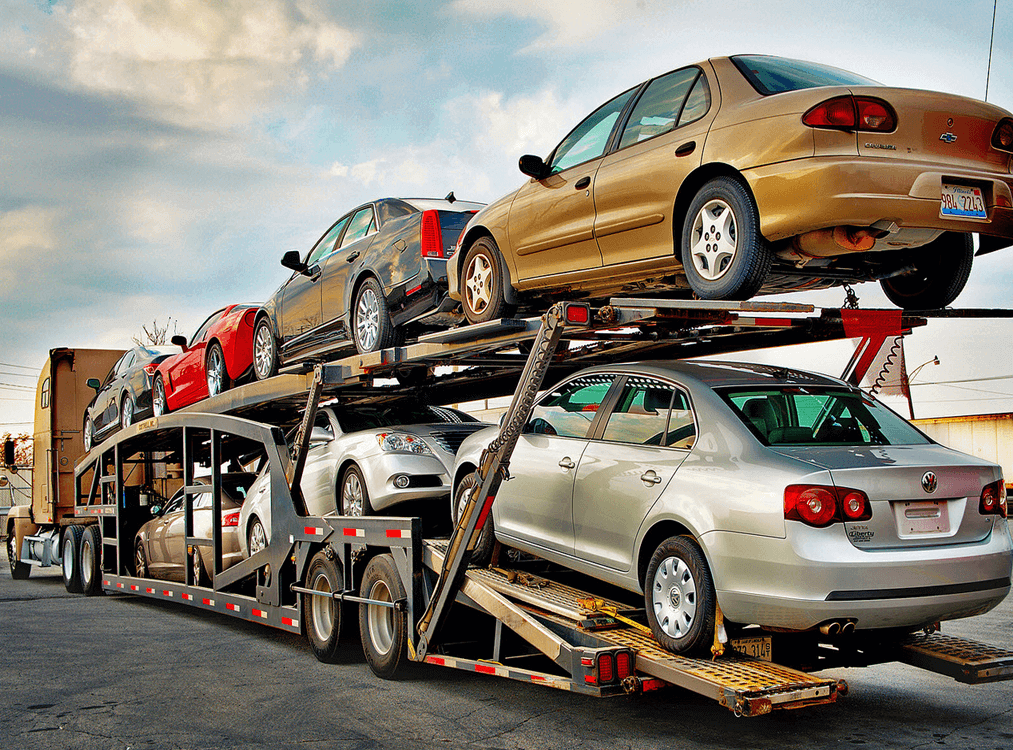

Clean It Like You’re Selling It
Presentation matters, even when your car’s going on a truck instead of into a showroom.
Clean your car inside and out before shipping. Not only does this make it easier to spot damage during inspection, but it also protects the paint from any dirt or debris that could get ground in during transport. More importantly, clean vehicles give off an impression of care, and shippers tend to treat clean, well-kept cars with greater caution.
Vacuum the interior and remove any valuables. Your vehicle will be locked during transport, but that doesn’t guarantee complete security. And don’t forget to remove parking passes and RFID tags that could rack up tolls en route. A car that’s spotless and stripped of extras is a car that’s ready to roll.
Do a Basic Mechanical Check
You don’t need to be a gearhead to spot the basics.
Test the battery, top off essential fluids (but don’t overfill), and make sure your tires are properly inflated. If the tires are worn down or underinflated, your car could be harder to load and unload, possibly leading to extra fees or even refusal. Shipping companies expect vehicles to be functional enough to steer and brake, even if they’re not in perfect condition.
This is also the time to deal with any leaks. A few drops of oil might seem minor, but transport companies don’t want fluids dripping onto other cars during shipment. By handling the basics now, you’re making life easier for everyone involved, and again, avoiding unnecessary charges.
Document Everything Like a Pro
One of the most overlooked (and most important) aspects of prepping your car is creating a photo record.
Take clear pictures of your vehicle from all angles, front, back, both sides, and close-ups of any dents, scratches, or wear. Shoot the odometer, dashboard lights, and even your tires. This visual record will back you up in case of a dispute about the condition when the car is delivered.
Don’t just rely on memory. Keep notes of your own inspection and prep steps, and have them handy when the transporter arrives. This level of organization helps ensure the handoff goes smoothly, and it shows the shipping company you’re not someone to take lightly.
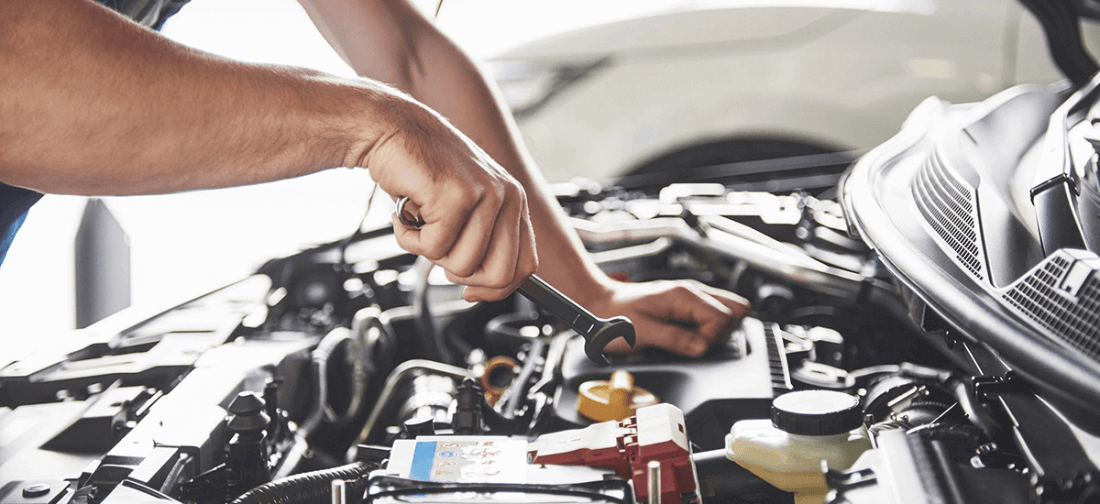

DIY Is the New Smart
People often underestimate how much control they have when it comes to shipping a vehicle. It’s easy to assume that once you’ve booked the carrier, your job is done, but that hands-off mindset could cost you.
Instead, channel the same energy you’d bring to pulling parts at a salvage yard. Be proactive, be prepared, and be your advocate. From inspecting the basics to making sure your ride looks great before loading up, every small action adds up to major savings.
Whether you’re moving across the country, relocating for work, or finally chasing that road trip dream, doing the prep yourself means you’re not just shipping a car; you’re taking ownership of the journey.




